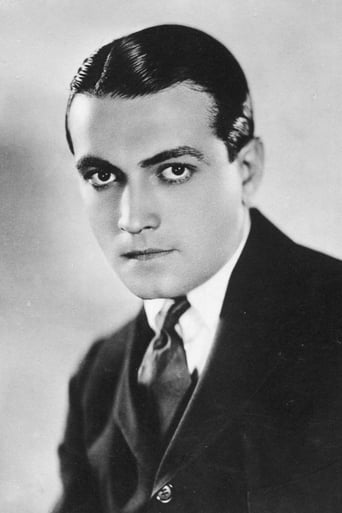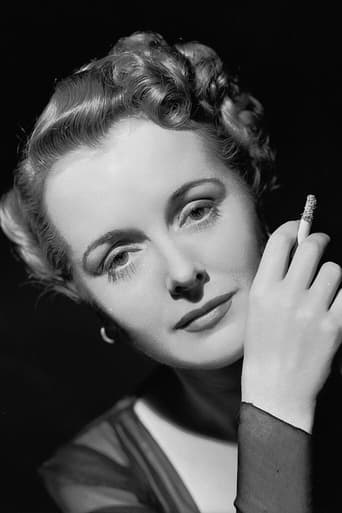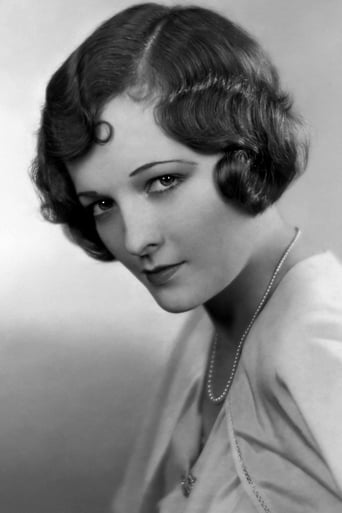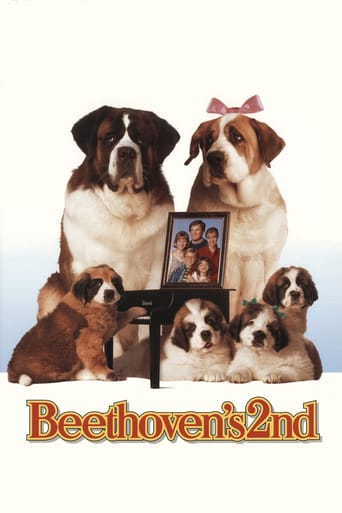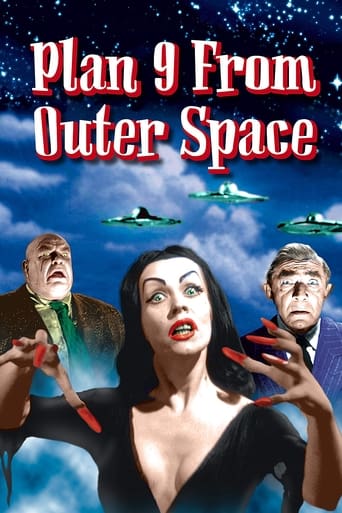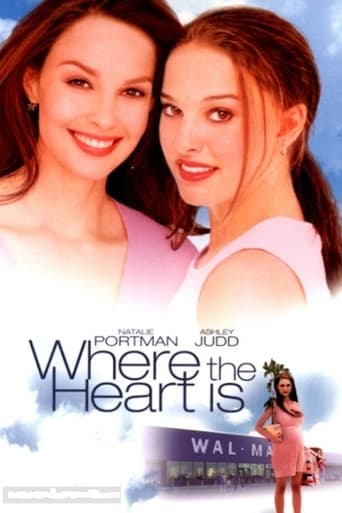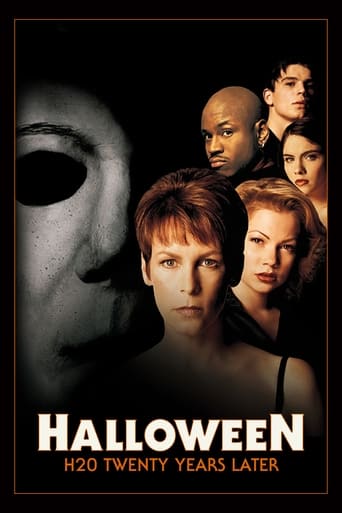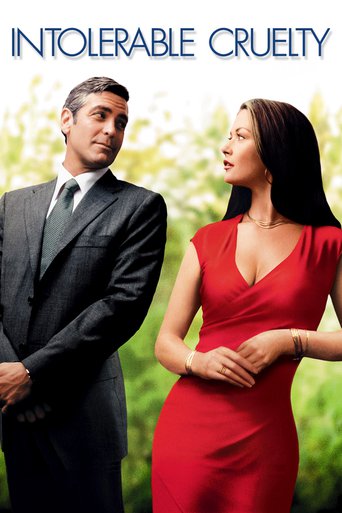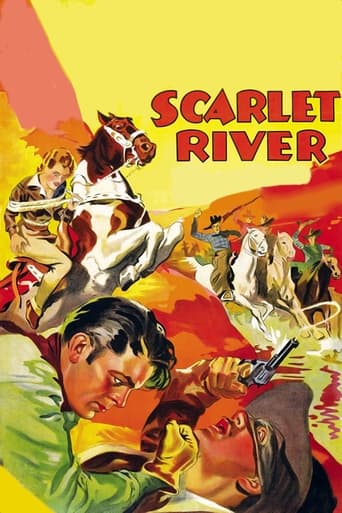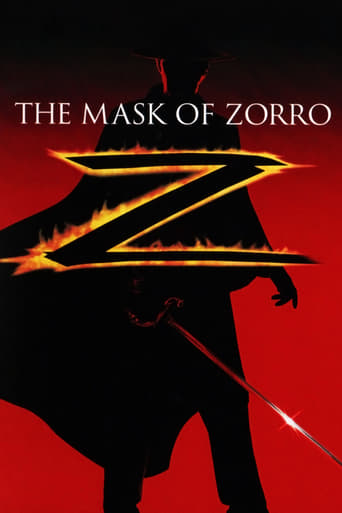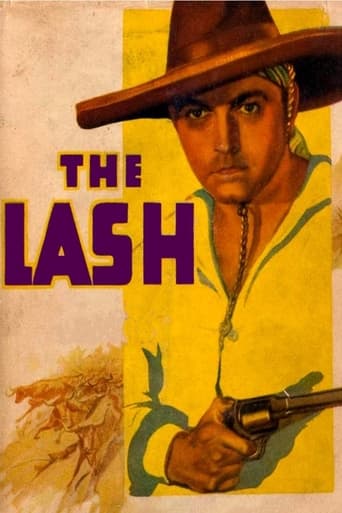
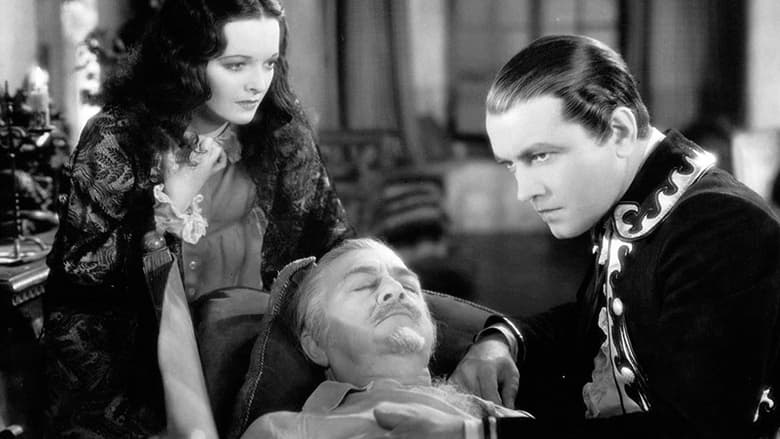
The Lash (1930)
A nobleman returns home to Southern California after the Mexican American War to find his people mistreated by unscrupulous Americans.
Watch Trailer
Cast
Similar titles
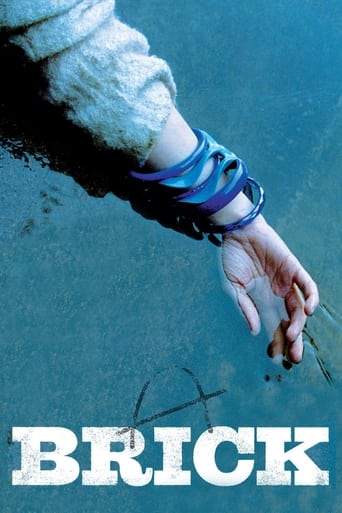
Reviews
Powerful
Overrated and overhyped
If the ambition is to provide two hours of instantly forgettable, popcorn-munching escapism, it succeeds.
It is an exhilarating, distressing, funny and profound film, with one of the more memorable film scores in years,
When you watch some films from the early talkie period you have to realize that film was in a transitional period. Of course, not all films from this period need that caveat: look at the wonderful films like "All Quiet on the Western Front", "Animal Crackers", "Disraeli", "The Big House", etc. Unfortunately, "The Lash" requires the caveat. It's OK considering the time when it was made.The film's star is Richard Barthlemess (1895-1963) who was a major silent film star but failed to make the transition due to his acting style, which is well illustrated here. Director Frank Lloyd (1886-1960) who was a major figure in the 30s, seems to be on holiday here. Llolyd was nominated for an Oscar 4 times and won for "The Divine Lady" (1929) and "Cavalcade" (1933). Among his notable films are "Mutiny on the Bounty" (1935), "Blood on the Sun" (1945), and my favorite Jim Bowie biography "The Last Command" (1955). But here his considerable skills are not on display.I think the problem was wider spread than this film. Westerns did poorly for many years, and only found their depth in the 40s and 50s.
Sometime after Mexico lost California to the US in 1846, Mexican student Richard Barthelmess (as Francisco "Pancho" Delfino) returns home to his Southern California estate. Although his side lost the war, Mr. Barthelmess is optimistic because the US is allowing Spaniards to keep their land. His attitude changes when Barthelmess discovers Americans gringos are trying to swindle his family out of their wealth. To level the playing field, Barthelmess becomes the bandit "El Puma!" The character is patterned after "Zorro!" and "Robin Hood". Barthelmess appears silly playing a young student from Mexico, especially when he utters Spanish expressions. "The Lash" is an early sound film – the silent film medium accommodated ethnic crossovers nicely (Barthelmess in "Broken Blossoms") and the stage could be even friendlier (Mary Martin as "Peter Pan"). Still, Barthelmess should have known better; his effortless accent shows he probably did...Others in the cast benefit by not being the lead...Barthelmess' love-interest is lightly-accented senorita Mary Astor (as Rosita Garcia). Side-kick Arthur Stone (as Juan) looks the part, at least. As the American sheriff, James Rennie (married to Dorothy Gish) best illustrates the unsteady silent-to-sound crossover; his hat and make-up make him look like an old silent screen serial villain, but he's playing a good guy. Little sister Marian Nixon (as Dolores) is the second female lead, but Barbara Bedford (as Lupe) gets the best feminine role. Veteran actors Fred Kohler, Robert Edeson and Erville Alderson are worth seeing. For the time, this was a fine supporting cast and top production. At the time, Barthelmess and director Frank Lloyd were "Academy Award" and audience favorites. Direction by Mr. Lloyd is skillful, traveling well around complicated sets. Unfortunately, editing and speeded-up visuals make the big action sequence, occurring after about 30 minutes of running time, look less than spectacular.**** The Lash (12/20/30) Frank Lloyd ~ Richard Barthelmess, Mary Astor, James Rennie, Marian Nixon
An interesting 1846 California "western" pitting the protagonist Richard Barthelmess, playing a young Francisco Delfino (Pancho) later the outlaw El Puma, against unscrupulous American land grabbers. Pancho returns from studies in Mexico City to find California invaded by "gringos" who impose their culture and use every trick in the book to obtain the land that was once given to loyal families by the King of Spain. Pancho is welcomed home by his Uncle (Tio) Don Mariano Delfino, played by Robert Edeson, Pancho's beautiful sister Doña Dolores Delfino, played by Marian Nixon, and a childhood sweetheart Doña Rosita Garcia, played by Mary Astor.Pancho travels north to deliver 3,000 cattle is treated as a second class citizen in his own native land. He reacts violently against the worst of the land commissioners and head man in Spanish Gulch, Peter Harkness, played by Fred Kohler, when Pancho dares to buy a drink for Harkness' favorite barmaid. Pancho is beaten with a belt but is saved by the sheriff, Captain David Howard, played by James Rennie.After his beating, Pancho delivers the cattle to Harkness in the form of a stampede through the village of Spanish Gulch. Pancho takes the money Harkness was to deliver in payment and sets off on a life as El Puma, patterned on Robin Hood or Zorro, robbing from the gringos and giving the money to the Church to feed the poor. Captain Howard arrives at the Delfino ranch and falls in love with Dolores. He also explains the derivation of the word "gringo". The latter is supposed to be based upon words sung by US soldiers who carried a green flag into battle during the Mexican war of 1846-1848 "the green goes over the hill" implying carrying the flag up against opposition. I did not find that derivation listed in a Google search which is why I have included it here.Pancho's uncle is shot by Harkness and in his dying breath; Tio Mariano tells his nephew that his efforts are turning more Americans against the native Californians. Pancho disbands his gang, shoots Harkness, and delivers the original land grant to Captain Howard for safekeeping. Pancho escapes overland to Mexico where he weds his beloved Rosita and sends a letter to Captain Howard and Dolores telling them there is nothing preventing them from being wed.The plot is based on the story, "Adiós," by Lanier and Virginia Stivers Bartlett. It is not at all clear where the title comes from since Pancho is neither beaten by the lash or uses one in his escapades. The print shown on TCM is in poor quality but this interesting story with Americans as the "bad guys" is worth watching. Recommended.
This film is very well crafted for an early talkie from 1930. Unlike so many stage-locked productions of this time, the film takes advantage of the rustic California settings of old California. There are few long static takes with people standing around the hidden microphone. Beautifully photographed, the shots change often and the camera movement is fluid throughout. (Makes you wonder what director Tod Browning's excuse was for painfully static "Dracua".) The outside scenes start the film out at a good pace. However, once the obligatory and talky love story kicks in, the story slows down to a crawl. Perhaps as off-putting is the poor quality of the print being shown on TMC. "The Lash" has clearly not been restored or cleaned, pock-marked throughout and with such deep contrast that some scenes are tough to make out. Towards the end of each reel, the film noise is so loud it almost drowns out dialog and music. This would be a film for a fan of early talkies to check out, but otherwise, it might be a tough go.
